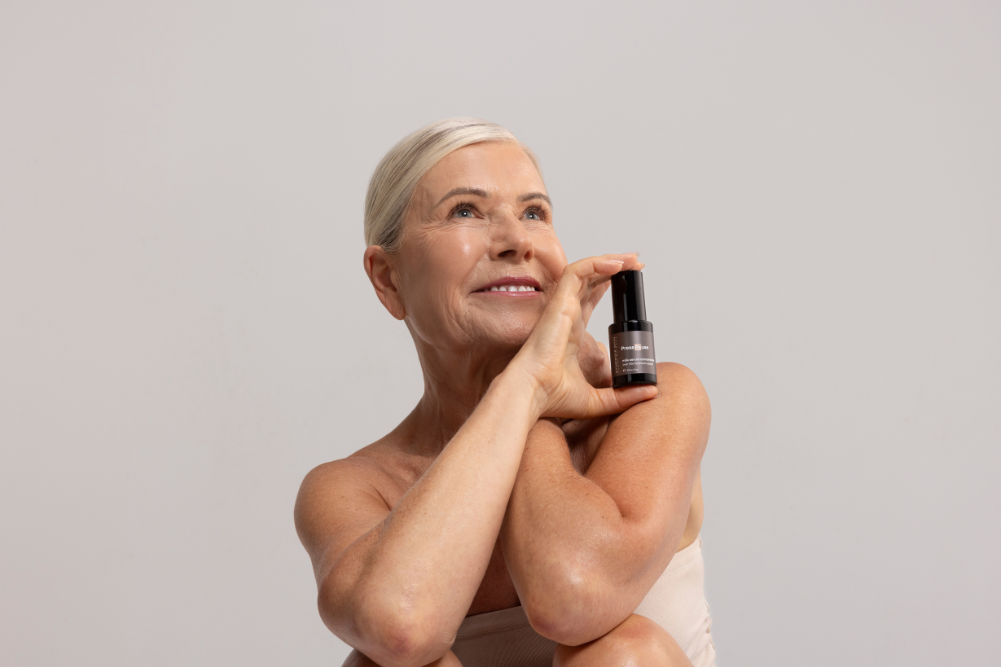Unlocking the Health Benefits of True Cinnamon
While there are at least two major varieties of cinnamon, the one considered to be the most valuable and least toxic medicine is Cinnamomum verum (or C. zeylanicum), or true cinnamon. This is a small evergreen tree about 10 metres high, native to Sri Lanka and a member of the Lauraceae family.
The bark is widely used as a spice. The name comes from the Greek kinnamomon, originally from Phoenician and akin to Hebrew and Malay, meaning “sweet wood”.
Cinnamomum verum is harvested by growing the tree for two years then coppicing it. The following year the shoots are stripped of their bark which is left to dry. Only the inner bark is used. As the bark dries it curls into rolls, and each quill is made up of numerous shoots curled together. These quills are then cut into 5–10cm long pieces for sale.
Active ingredients
The inner bark of the Cinnamomum verum tree is the main part used, but every part of the tree, including the leaves, flowers, fruits and roots, has some medicinal or culinary use, although there is variation in their active ingredients and pharmacological effects.
The cinnamon flavour is due to an aromatic essential oil, 1 per cent of its composition. The oil is prepared by roughly pounding the bark, macerating it in seawater then distilling this liquid. It is a golden yellow colour that darkens with age, with a hot pungent aromatic taste coming from the cinnamon aldehyde (cinnamaldehyde) and which contains ethyl cinnamate, eugenol, linalool and methyl chavicol among other compounds.
Cinnamomum verum also contains polyphenols and flavonoids with antioxidant, anti-inflammatory, anti-diabetic, antimicrobial and anticancer activity. Nutritionally, it contains dietary fibre and the minerals manganese, iron and calcium.
Healing with cinnamon
Cinnamon has traditionally been used in Ayurvedic medicine for digestive, respiratory and gynaecological disorders, and for regulating Vata.
Antioxidant
An interesting study was conducted on 18 surgical nurses who drank cinnamon tea, 100mg in 30ml boiling water, before their morning shift for 10 days. These nurses were chosen due to the occupational toxin exposure, and the results showed significant reductions in lipid peroxidation and related by-products.
Another study showed that cinnamon has 65.3 per cent antioxidant activity with strong free radical scavenging activity.
Antimicrobial and antifungal
In 2014 there were more than 30 in vitro studies testing the antimicrobial activity of cinnamon, which showed it to have antimicrobial action against a wide variety of bacteria including E. coli, H. pylori, Listeria, Salmonella, Staph. aureus and various strep organisms. They also indicated activity against aspergillus and Candida albicans (including fluconazole-resistant strains) and the human rotavirus. Cinnamaldehyde inhibits the growth of a range of bacteria by disrupting cell membranes.
Further studies showed that cinnamon extracts when tested in vitro had effective activity against a range of dental pathogens, indicating cinnamon’s effectiveness against dental infections.
Digestive
Cinnamon has a long history of improving digestive function, including reducing diarrhoea. The German Commission E has approved cinnamon for appetite loss, dyspeptic symptoms and treating mild spastic conditions of the digestive tract such as bloating, cramping pain and flatulence.
Liver
Cinnamon has been shown to be hepatoprotective against liver injury, reducing serum markers of liver damage (ALT, AST and ALP) during chemical challenges.
Anti-diabetic
There has been significant research on the effects of cinnamon in managing diabetes and blood sugar regulation in humans and rats.
One three-armed study involving in vitro, in vivo and clinical arms researched the effect of cinnamon on post-prandial glucose and carbohydrate digestion. In the in vitro study, cinnamon inhibited -amylase activity, and in the rat component a dose of as low as 12.5mg per kg of body weight significantly reduced the insulin peak. In the clinical arm, 18 healthy participants ingested one gram of C. verum 30 minutes before a meal and demonstrated a 21.2 per cent reduction in blood glucose compared to controls. These studies indicated that inhibition of starch digestion via -amylase activity was a significant factor in blood glucose control.
Another rat study showed that 30 days of cinnamon ingestion both lowered LDL cholesterol and decreased the haemoglobin A1c (HbA1c) measurement of blood glucose, whereas the control rats showed increased HBA1c levels.
Metabolic syndrome
A clinical study involving 30 healthy volunteers taking 85 mg a day of cinnamon for one month, then 250 mg a day for the second month and 500 mg day for the third month showed a significant decrease in hip circumference at one month and three months. A measurable reduction of both systolic and diastolic blood pressure was noted during the first month and was sustained throughout the trial. Total cholesterol and LDL was also lowered at three months, indicating cardiovascular and metabolic syndrome benefits.
Cautions and possible interactions
There is a potential additive effect with antihyperglycaemic medications and insulin, although if monitored closely this can be beneficial. Use with caution with active duodenal or stomach ulcers, and avoid in patients with a known allergy to the laurel family. Sensitive individuals may have allergic skin or mucosal reactions.
There are contradictory reports of use in pregnancy, but the use as the spice in food is considered to be safe.
References are available on request.








